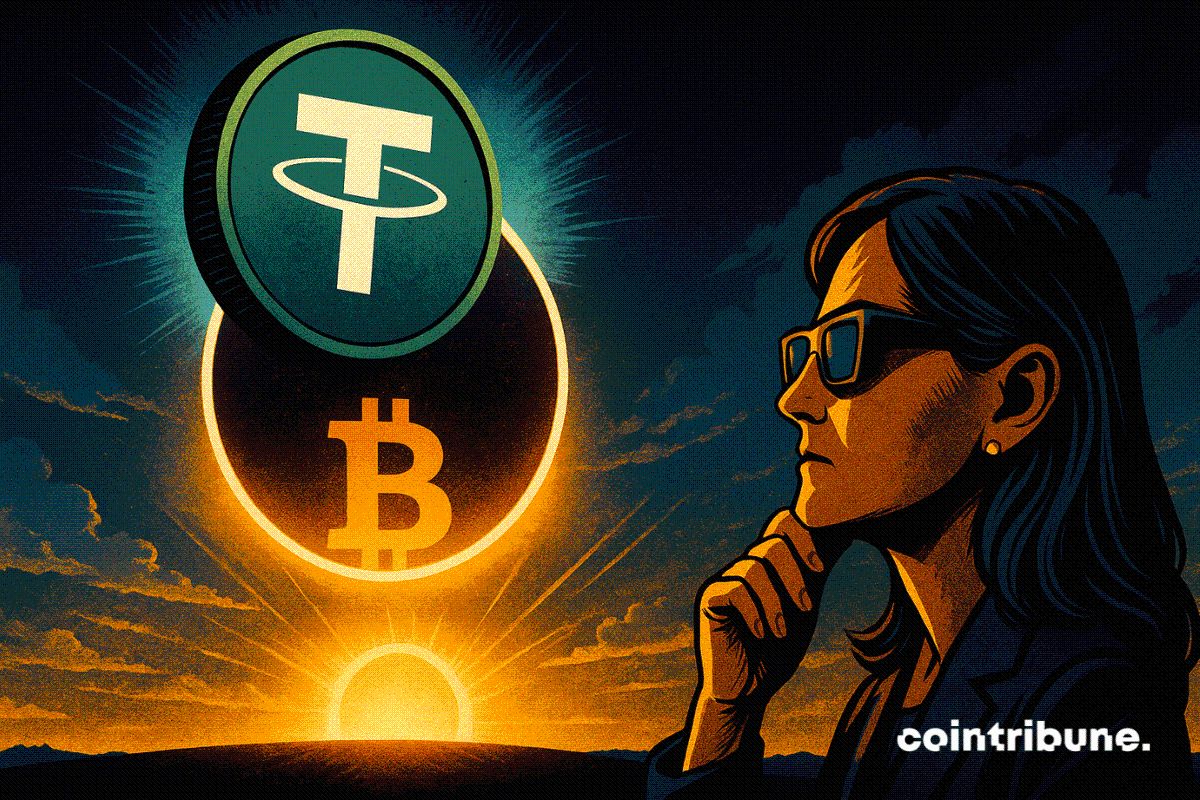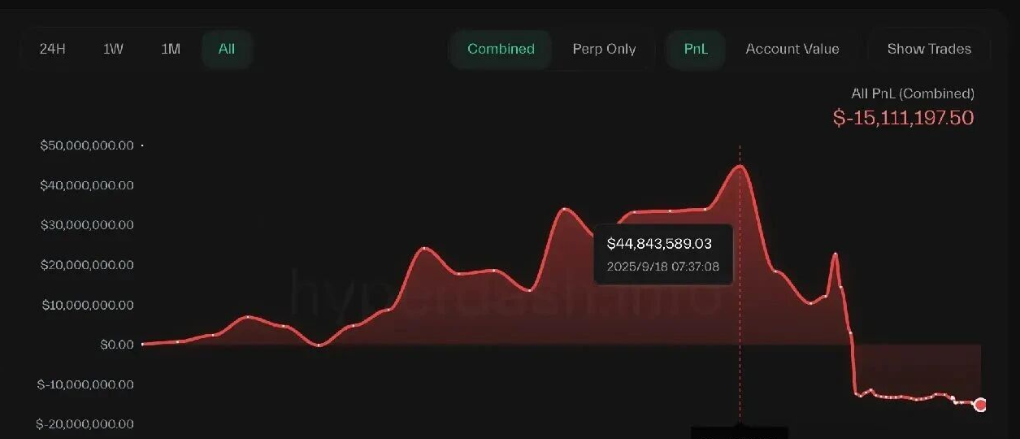Prediction Markets' Regulatory Breakthrough and Mainstream Adoption: Is Polymarket the Next Fintech Disruptor?
- Polymarket's valuation surged to $1B in 2025, driven by regulatory clarity, AI integration, and strategic partnerships with entities like Elon Musk's X and Donald Trump Jr.'s 1789 Capital. - U.S. SEC rulings (KalshiEx, stablecoin non-securities) and EU/UK regulatory reforms created a framework enabling prediction markets to operate as compliant, capital-efficient forecasting tools. - The platform processed $8B in bets (2025), leveraged Polygon's blockchain, and acquired CFTC-licensed QCEX to bridge DeFi
The fintech landscape is on the cusp of a seismic shift, driven by the convergence of decentralized finance (DeFi), artificial intelligence, and regulatory clarity. At the heart of this transformation lies the prediction market sector—a space once dismissed as speculative gambling but now emerging as a critical tool for real-time sentiment forecasting and capital allocation. Among the contenders, Polymarket has positioned itself as a frontrunner, leveraging regulatory tailwinds, explosive valuation growth, and strategic partnerships to challenge traditional financial institutions . But is it the next fintech disruptor, or a fleeting hype cycle?
Regulatory Tailwinds: A New Era for Prediction Markets
The regulatory environment for prediction markets has evolved dramatically in 2025, particularly in the U.S., EU, and UK. In the U.S., the Securities and Exchange Commission (SEC)'s landmark ruling in October 2024—allowing KalshiEx to continue trading event contracts—marked a pivotal shift. This decision signaled a willingness to accommodate decentralized prediction markets within a structured framework, provided they avoid securities law violations.
The SEC's April 2025 clarification that dollar-pegged stablecoins (e.g., USDC) are not securities further stabilized the ecosystem. This is critical for platforms like Polymarket, which rely on stablecoins for low-volatility trading. Meanwhile, the DOJ's refocusing of crypto enforcement on illicit finance (e.g., drug cartels) has reduced regulatory friction, allowing market innovators to operate with greater freedom.
In the EU, ESMA's MiFID II updates in April 2025 emphasized investor protection and order execution transparency, indirectly encouraging prediction markets to adopt similar standards. The UK's FCA has taken a more innovation-friendly approach, prioritizing data-driven enforcement and regulatory sandboxes. These global trends suggest a maturing regulatory landscape, where compliance is no longer a barrier but a competitive advantage.
Valuation Momentum: Polymarket's $1 Billion Leap
Polymarket's valuation has surged from $4 million in 2020 to $1 billion in 2025, fueled by a $200 million funding round led by Peter Thiel's Founders Fund and Vitalik Buterin. This growth is underpinned by explosive user adoption:
- $8 billion in bets processed in 2025, with $2.5 billion tied to the 2024 U.S. election cycle.
- 30,000 monthly active traders during peak events, surpassing traditional sports betting platforms like DraftKings .
- A 72% male user base aged 25–34, reflecting a tech-savvy demographic eager to monetize real-time information.
The platform's capital-light model—charging a 2% fee on net winnings and using Polygon's low-cost blockchain—has enabled rapid scalability. Its acquisition of QCEX, a CFTC-licensed derivatives exchange, in July 2025 for $112 million, further solidified its U.S. regulatory compliance, paving the way for mass-market adoption.
Strategic Positioning: From Niche to Mainstream
Polymarket's success stems from its ability to bridge DeFi and real-world financial markets. By operating as a decentralized, two-sided marketplace where users bet on events using USDC , it democratizes access to sentiment forecasting. Key strategic moves include:
1. Partnerships with Elon Musk's X (formerly Twitter): Integrating AI-powered insights from Grok to enhance real-time news analysis.
2. Conservative-Backed Credibility: A $10s-of-millions investment from Donald Trump Jr.'s 1789 Capital, aligning the platform with “American dynamism” and challenging media bias.
3. Regulatory Compliance: The QCEX acquisition and DOJ/CFTC clearance have removed U.S. market entry barriers, enabling Polymarket to compete with legacy institutions.
These moves position Polymarket as more than a betting platform—it's a decentralized forecasting engine that redefines how public sentiment is measured and monetized.
Risks and Challenges
While the tailwinds are strong, risks persist:
- Dispute Resolution Vulnerabilities: The 2025 “Ukraine mineral deal” contract incident exposed flaws in decentralized oracles, necessitating improved oversight.
- Market Volatility: Prediction markets remain sensitive to macroeconomic shifts and geopolitical events.
- Competition: Platforms like Gnosis Predict (via Presagio) and UMA are advancing AI-driven forecasting, though Polymarket's user base and partnerships give it a first-mover advantage.
Investment Thesis: A High-Growth Bet with Caveats
For investors, Polymarket represents a high-conviction opportunity in the alternative finance space. Its regulatory progress, valuation momentum, and strategic partnerships align with long-term trends in DeFi and real-time data monetization. However, the sector's volatility and regulatory uncertainty require a balanced approach.
Key Metrics to Monitor:
- User Growth: Track monthly active traders and bet volume during major events (e.g., elections, economic reports).
- Regulatory Developments: Watch for new SEC/ESMA guidelines on stablecoins and derivative contracts.
- Competitive Landscape: Assess how rivals like Gnosis and UMA integrate AI and expand user bases.
Conclusion: The Future of Fintech?
Prediction markets are no longer a niche curiosity. With regulatory clarity, technological innovation, and a growing appetite for real-time information, platforms like Polymarket are poised to redefine how markets function. While risks remain, the confluence of favorable policies, strategic execution, and a $1 billion valuation suggests that Polymarket could be the next fintech disruptor—provided it navigates the challenges ahead. For investors willing to bet on the future, the time to act may be now.
Final Note: Diversify across fintech and DeFi sectors, and consider Polymarket as part of a broader portfolio targeting alternative finance innovation.
Disclaimer: The content of this article solely reflects the author's opinion and does not represent the platform in any capacity. This article is not intended to serve as a reference for making investment decisions.
You may also like
Google Finance Integrates AI and Prediction Market Data for Smarter Insights

Kazakhstan launches a billion-dollar crypto fund with seized assets

Ripple Avoids Wall Street After SEC Victory

The Story of Brother Machi's "Going to Zero": Just Be Happy
